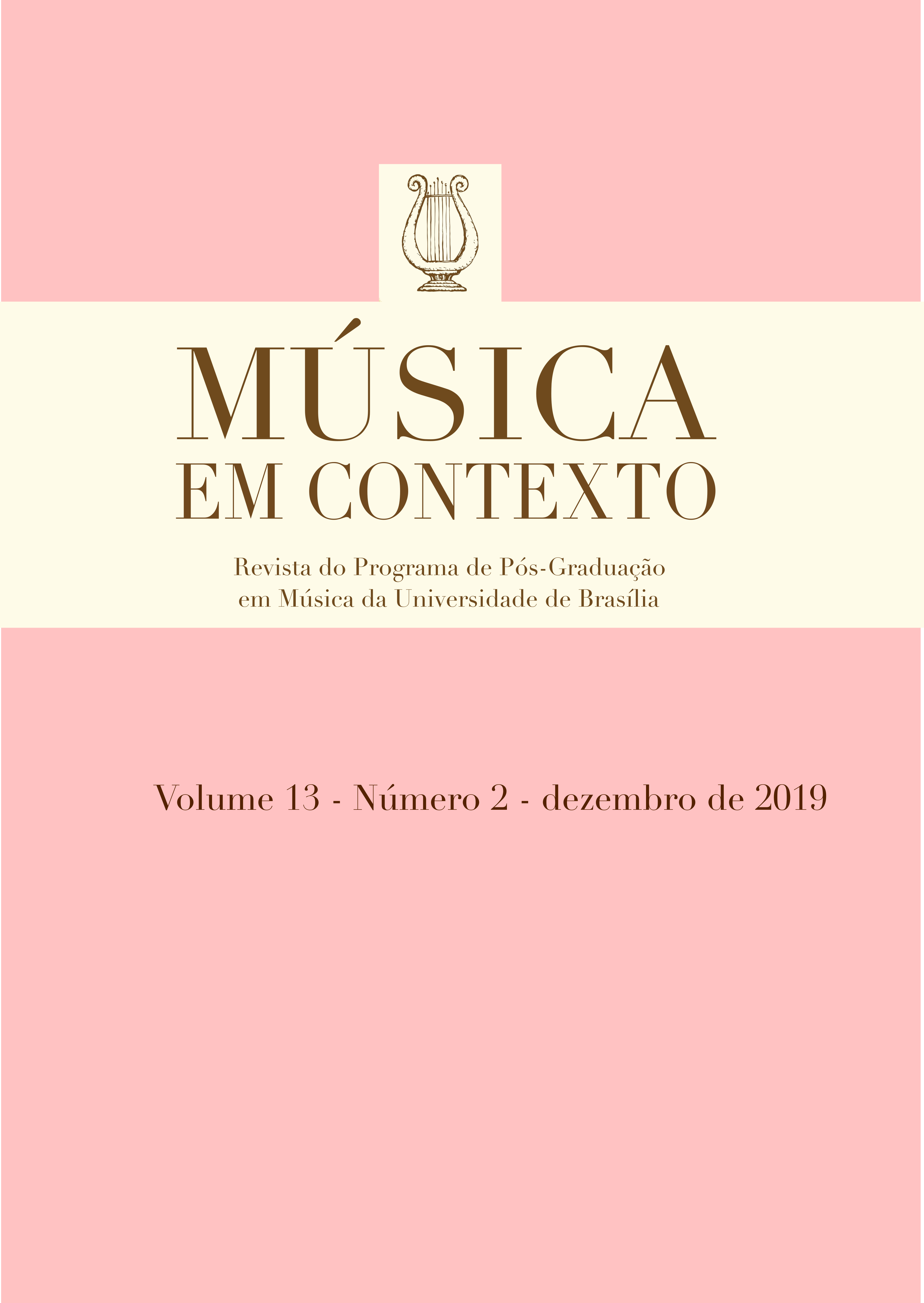Indian Ä€lãp and Vietnamese Dạo
A Study on Teaching Individual Creativity
Keywords:
North Indian classical music, South Vietnamese music, Knowledge analysis, Transmission of creativity, Communication within music ensemblesAbstract
In this study, the transmission of some essentials in music tradition from two different places in Asia, namely India and Vietnam, is taken as a metaphor to be further applied on cultural and social analysis in order to achieve a better understanding of how creativity is taught and culturally established. Indian music is asserted as a Guru centered science. The process of transmitting knowledge might be successful as far as the teacher gains satisfaction by the student’s behavior and capability of receiving and applying knowledge. Similar yet different processes can be observed with teaching in the South Vietnamese music tradition. Ä€lãp is a part in north Indian classical music as well as the Dạo in the Vietnamese music tradition. They dominantly create the mood of a Rãga or a Ãiệu respectively. The final outcome is an improvisation. Individuality and creativity develop in a process of tension between rules and breaking rules. Metaphorically, there are strong parallels to other subjects of transmitting social and cultural patterns of communication.
Downloads
References
Bakhle, Janaki. 2005. Two Men and Music: Nationalism in the Making of an Indian Classical Tradition. New York: Oxford University Press.
Bhawuk, Dharm P. S. 2003. “Culture's influence on creativity: the case of Indian spirituality.” International Journal of Intercultural Relations 27, no. 1: 1-22.
Blum, Stephen, Philip V. Bohlman and Daniel M. Neuman Eds. 1993. Ethnomusicology and Modern Music History. Champaign: University of Illinois.
Goutam, Madura Ramaswami. 2001. The Musical Heritage of India. New Delhi: Munshiram Manoharlal.
Hemlin, Sven, Carl Martin Allwood and Ben R. Martin. 2004. Creative Knowledge Environments: The Influences on Creativity in Research and Innovation. Cheltenham: Edward Elgar Publishing.
Holyoak, Keith James and Paul Thagard. 1995. Mental Leaps: Analogy in Creative Thought. Cambridge: MIT Press.
Kiá»u Tấn. 1993. “Tìm hiểu Ä‘iệu thức trong âm nhạc tà i tá» Nam Bá»™ [Understanding of Modes in South Vietnamese Ensemble Tradition].” Thang âm Ä‘iệu thức trong âm nhạc truyá»n thống má»™t số dân tá»™c miá»n Nam Việt Nam [Modal Structures in Traditional Music of Selected Communities in South Vietnam], 303-400. Ho Chi Minh City: Vietnamese Institute for Musicology.
Krishna, Anirudh. 2004. “Understanding, measuring and utilizing social capital: clarifying concepts and presenting a field application from India.” Agricultural Systems 82, no. 3: 291-305.
Jähnichen, Gisa. 2007. “Eine Geschichte von Schall und Rauch ”“ Klangliches Selbstverständnis in der ‘Musik der Talentierten’”. Musik verbindet uns. Veröffentlichungsreihe der Forschungsstelle für fränkische Volksmusik der Bezirke Mittel-, Ober- und Unterfranken vol. 62: 117-145.
Jähnichen Gisa. 1997. “Studien zu traditionellen vietnamesischen Instrumentalpraktiken des hát ả Ä‘Ã o und des ca vá»ng cổ. 2 volums.” Schriften und Dokumente zur Politik, Wirtschaft und Kultur Vietnams, no. 7. Berlin: Deutsch-Vietnamesischen Gesellschaft e.V.
Nguyen Thanh Tuyen. 2010. Knowledge Economy and Sustainable Economic Development. Berlin: De Gruyter.
Ranade, Ashok Damodar. 1998. Essays in Indian Ethnomusicology. New Delhi: Munshiram Manoharlal Publishers.
Ranade, Ashok Damodar. 2008. Perspectives on Music: Ideas and Theories. New Delhi and Chicago: Promila and Co., Publishers in Association with Bibliophile South Asia.
Rigney, Daniel. 2001. A Metaphorical Society: An Invitation to Social Theory. Lanham: Rowman and Littlefield Publishers.
Sanyal, Ritwik and Richard Widdess. 2004. Dhrupad: Tradition and Performance in Indian Music. Farnham: Ashgate.
Schippers, Huib. 2007. “The Guru Recontextualised? Perspectives on Learning North Indian Classical Music in Shifting Environments for Professional Training.” Asian Music 38, no.1: 123-138.
Sharma, Prem Lata. 2000. Indian Aesthetics and Musicology: The Art and Science of Indian Music. Varanasi: Amnaya Prakasana.
Singh, Thakur Jaideva. 1995. Indian Music. Calcutta: Sangeet Research Academy.
Tannen, Deborah.1998. The Argument Culture: Moving from Debate to Dialogue. New York: Random House.
Tilley, Christopher. 1999. Metaphor and Material Culture. Hoboken: Wiley.
Wade, Bonnie C., ed. 1993. Text, Tone, and Tune: Parameters of Music in Multicultural Perspective. New Delhi: Mohan Primlani for Oxford and IBH Publishing.
Wade, Bonnie C. 1985. Khyal: Creativity within North India’s Classical Music Tradition. (Cambridge Studies in Ethnomusicology) XXI. Cambridge: Cambridge University Press.
Warner, Malcolm, ed. 2003. Culture and Management in Asia. London: RotledgeCurzon.
Zhu, Ying. 2003. “Culture and Management in Vietnam.” Culture and Management in Asia, edited by Malcolm Warner, 249-263. London: RoutledgeCurzon.
Downloads
Published
Versions
- 2019-12-25 (3)
- 2021-04-06 (2)
- 2019-12-25 (1)
How to Cite
Issue
Section
License
Copyright (c) 2019 Música em Contexto

This work is licensed under a Creative Commons Attribution 4.0 International License.



